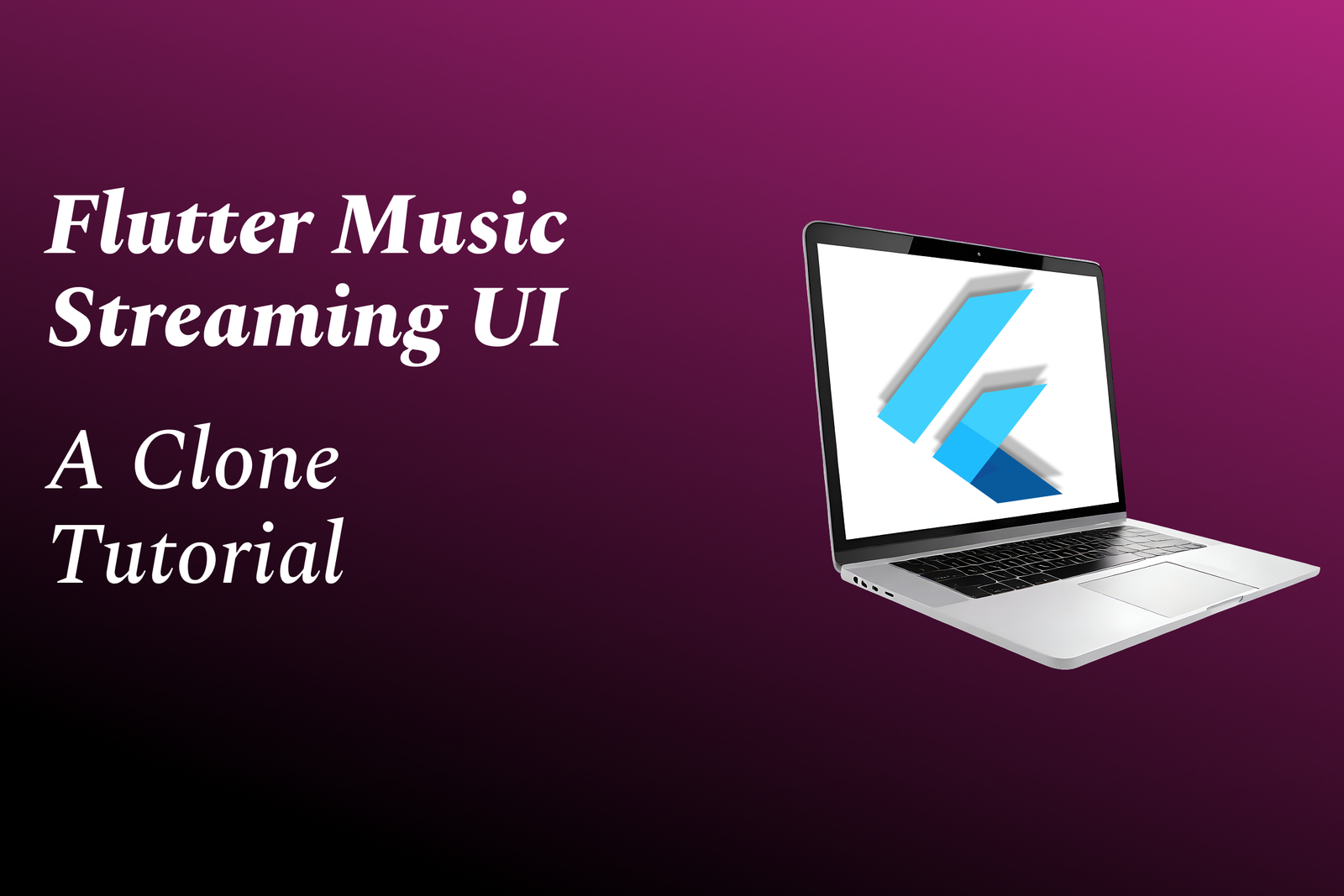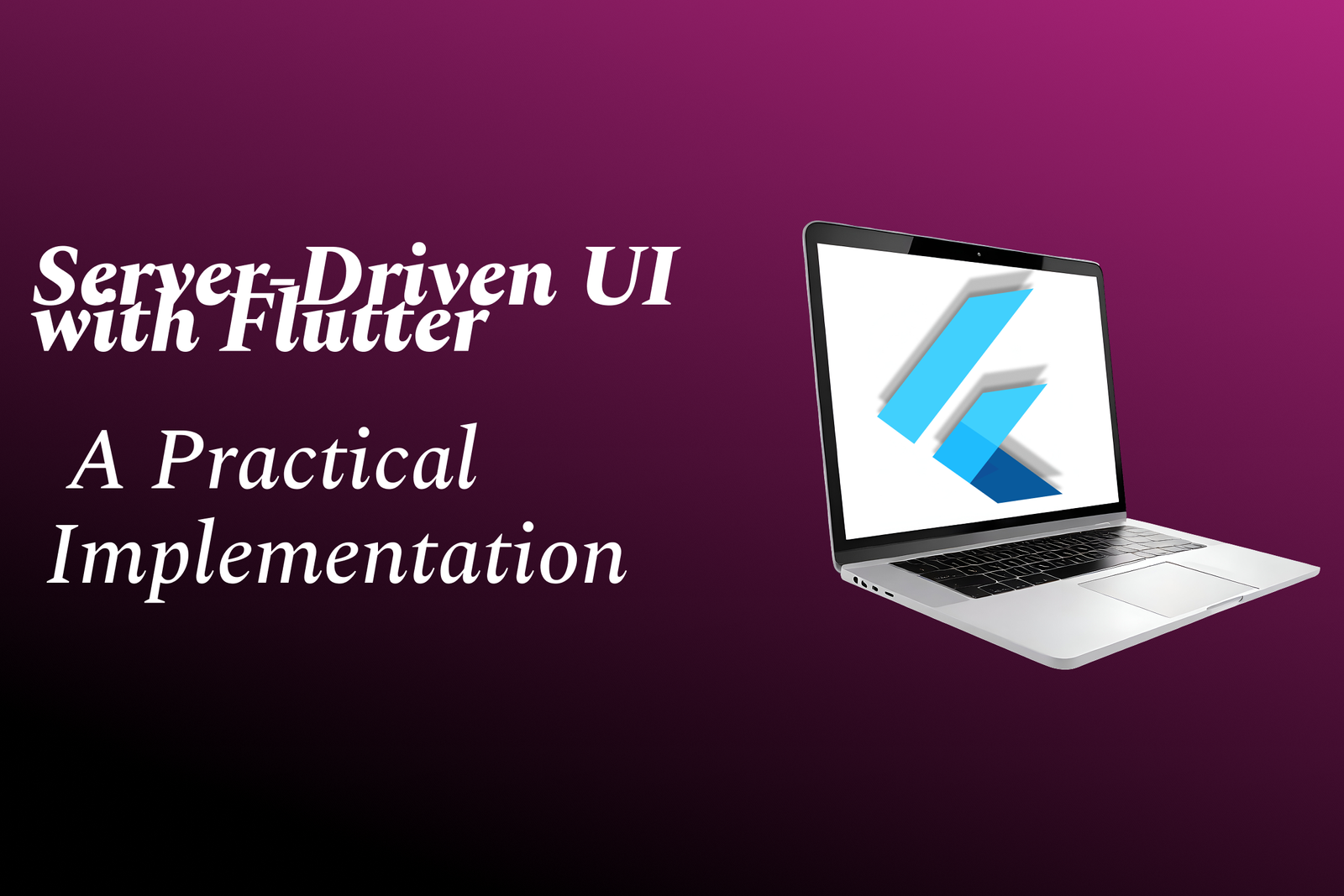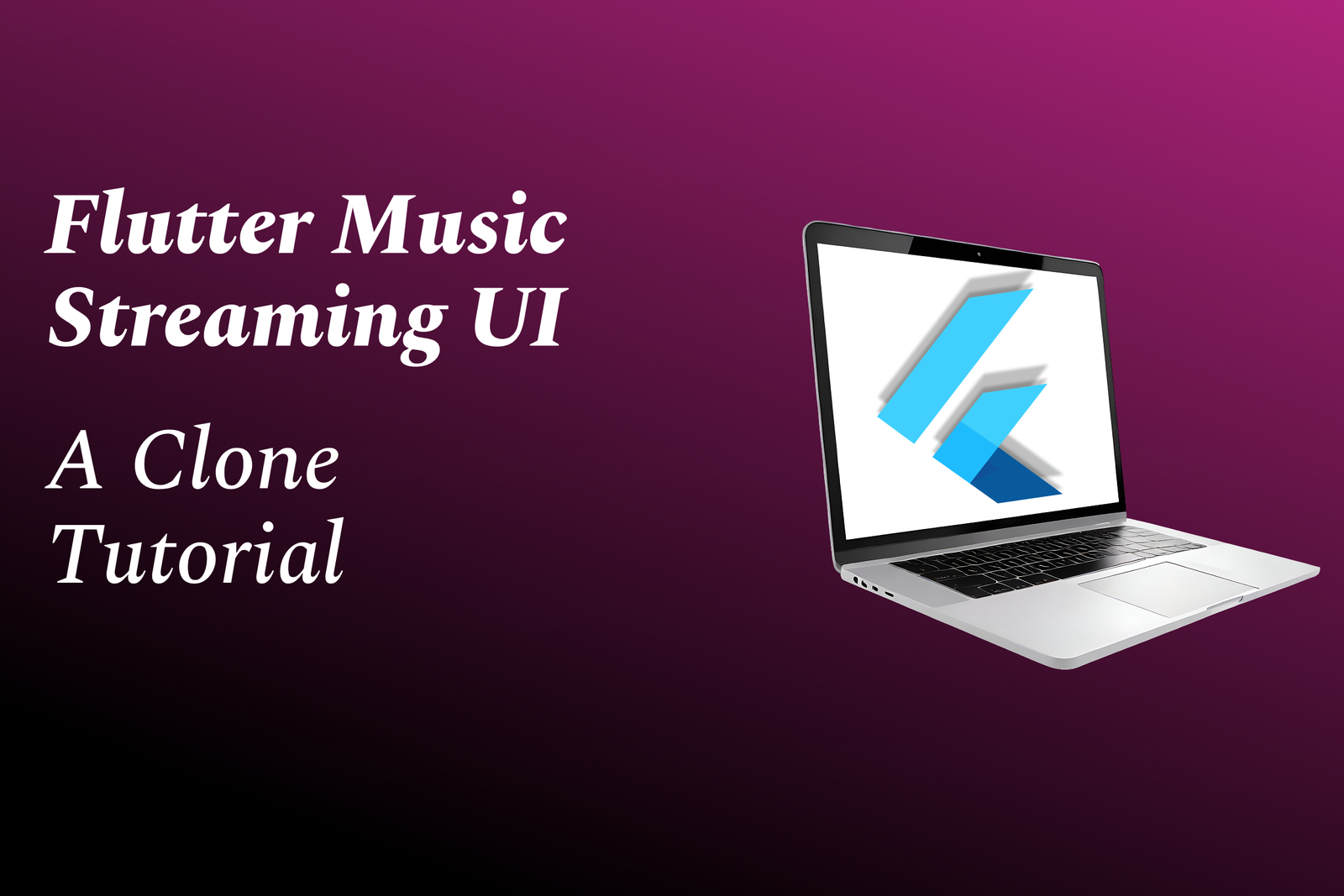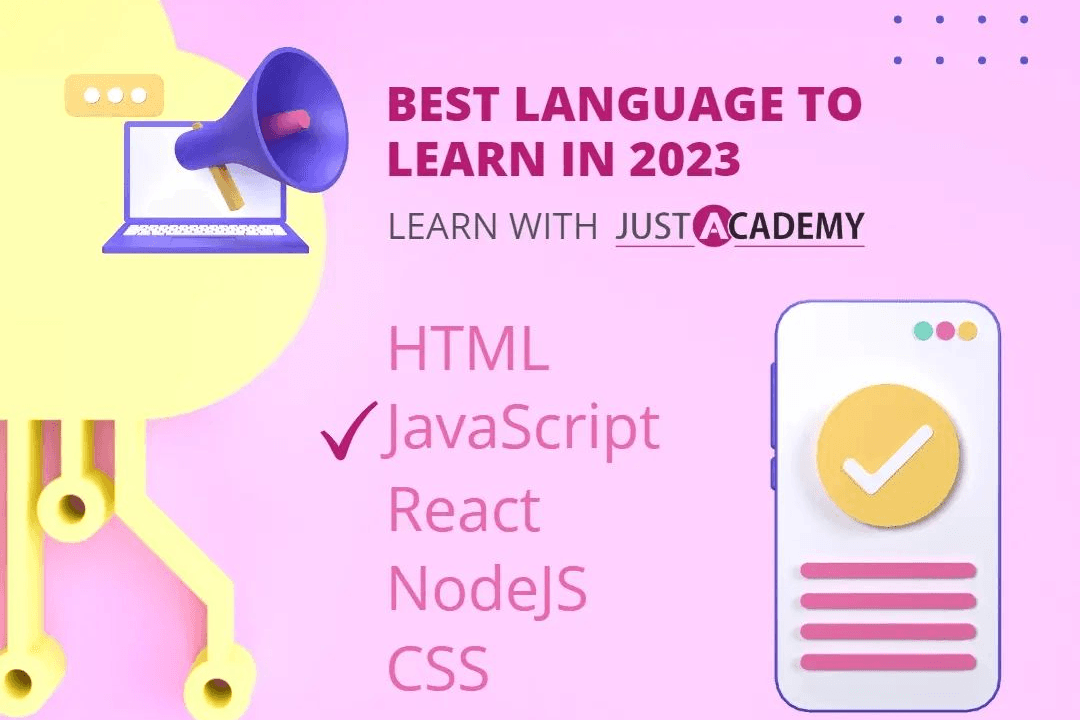How Long It Take To Learn Php Programming
Learning PHP programming generally takes a few weeks to a few months, depending on your prior coding
How Long It Take To Learn Php Programming
Learning PHP programming typically takes a few weeks to several months, depending on your prior experience and learning pace. PHP is a versatile and widely-used server-side scripting language that powers a large portion of the web, making it highly valuable for developing dynamic, interactive websites and web applications. Its ease of use, extensive community support, and integration with databases like MySQL make it a practical choice for both beginners and experienced developers. Acquiring PHP skills can open doors to numerous career opportunities in web development, especially when combined with real-time project experience, which JustAcademy offers to accelerate your learning journey.
To Download Our Brochure: https://www.justacademy.co/download-brochure-for-free
Message us for more information: +91 9987184296
Learning PHP programming typically takes a few weeks to several months, depending on your prior experience and learning pace. PHP is a versatile and widely used server side scripting language that powers a large portion of the web, making it highly valuable for developing dynamic, interactive websites and web applications. Its ease of use, extensive community support, and integration with databases like MySQL make it a practical choice for both beginners and experienced developers. Acquiring PHP skills can open doors to numerous career opportunities in web development, especially when combined with real time project experience, which JustAcademy offers to accelerate your learning journey.
Course Overview
The “How Long It Takes to Learn PHP Programming” course provides a concise overview of the time commitments required to master PHP, covering beginner to advanced concepts, practical project development, and best practices. Designed for learners of all levels, it offers insights into efficient learning strategies and real-world applications, helping you estimate the duration needed based on your prior experience and dedication. Through practical exercises and expert guidance, this course aims to streamline your journey to becoming proficient in PHP development.
Course Description
Discover the time required to learn PHP programming, from fundamentals to advanced skills, with practical projects and expert guidance, tailored to your experience level for efficient learning.
Key Features
1 - Comprehensive Tool Coverage: Provides hands-on training with a range of industry-standard testing tools, including Selenium, JIRA, LoadRunner, and TestRail.
2) Practical Exercises: Features real-world exercises and case studies to apply tools in various testing scenarios.
3) Interactive Learning: Includes interactive sessions with industry experts for personalized feedback and guidance.
4) Detailed Tutorials: Offers extensive tutorials and documentation on tool functionalities and best practices.
5) Advanced Techniques: Covers both fundamental and advanced techniques for using testing tools effectively.
6) Data Visualization: Integrates tools for visualizing test metrics and results, enhancing data interpretation and decision-making.
7) Tool Integration: Teaches how to integrate testing tools into the software development lifecycle for streamlined workflows.
8) Project-Based Learning: Focuses on project-based learning to build practical skills and create a portfolio of completed tasks.
9) Career Support: Provides resources and support for applying learned skills to real-world job scenarios, including resume building and interview preparation.
10) Up-to-Date Content: Ensures that course materials reflect the latest industry standards and tool updates.
Benefits of taking our course
Functional Tools
1 - Integrated Development Environment (IDE) such as Visual Studio Code or PHPStorm: These tools provide a comprehensive environment for writing, debugging, and managing PHP code efficiently. They offer syntax highlighting, code completion, error detection, and integrated debugging features, streamlining the development process and helping students write cleaner, more accurate code. Familiarity with popular IDEs is essential for professional PHP development, enabling students to work more productively and efficiently.
2) XAMPP or WAMP Server: These are pre configured software packages that create a local server environment on students’ computers. They include Apache, MySQL, PHP, and phpMyAdmin, which are core components for web development and testing PHP applications. Using these tools allows students to develop, test, and run dynamic websites locally before deploying to a live server, bridging the gap between theoretical knowledge and real world application.
3) Version Control Systems like Git and GitHub: These tools are crucial for managing code versions, tracking changes, and collaborating with other developers. Git allows students to maintain a history of their work, revert to previous versions when needed, and manage code branches for different features. GitHub provides a platform for code hosting, peer review, and collaboration, teaching students good software development practices and preparing them for team based projects.
4) Database Management Tools such as phpMyAdmin and MySQL Workbench: These platforms facilitate managing and interacting with databases used by PHP applications. With phpMyAdmin, students can execute SQL queries, create databases, and manage data visually, making database operations more accessible. MySQL Workbench offers advanced features for designing, modeling, and administering MySQL databases, enabling learners to understand the critical role of databases in web development.
5) Debugging and Profiling Tools like Xdebug and Firebug: Debugging tools help identify, analyze, and fix errors within PHP code, which is essential for developing reliable applications. Xdebug, for example, provides step by step debugging, stack traces, and performance profiling. These tools help students understand code execution flow, optimize performance, and write bug free code, cultivating a problem solving mindset crucial for professional development.
6) Package Managers such as Composer: Composer automates the management of PHP dependencies, libraries, and external packages required for building advanced PHP applications. It allows students to easily integrate third party tools, frameworks, and modules into their projects, ensuring they learn how to build scalable and maintainable applications using modern development practices.
7) Front end Development Tools: Tools like Bootstrap, jQuery, and Tailwind CSS are integrated into PHP projects to enhance frontend design and user experience. While PHP predominantly handles server side logic, understanding front end tools enables students to develop full stack applications, ensuring the website is both functional and visually appealing.
8) Testing Frameworks such as PHPUnit: These tools facilitate automated testing of PHP code, ensuring robustness and reducing bugs. Automated testing helps students adopt best practices in software quality assurance, making their code more reliable and easier to maintain as projects grow in complexity.
9) Cloud Deployment Platforms like AWS, Heroku, or Bluehost: These services provide hosting options for deploying PHP applications to the live web. Familiarity with deployment platforms enables students to understand the deployment process, manage server configurations, and ensure their PHP projects operate smoothly in real world environments.
10) Online Code Editors and Collaboration Platforms: Tools such as CodePen or Replit allow students to write, share, and collaborate on PHP code seamlessly from any device. These platforms foster collaborative learning, community interaction, and quick experimentation, enriching the overall training experience.
11 - Learning Management Systems and Course Platforms: Platforms like Moodle, Udemy, or Coursera host course materials, tutorials, quizzes, and certification paths. They provide structured learning environments, enabling students to access resources at their own pace while tracking progress and completing assessments systematically.
12) Code Quality and Security Tools like SonarQube or PHPStan: These tools analyze code for potential vulnerabilities, adherence to coding standards, and overall quality. Integrating such tools into the training ensures students develop secure, standardized, and high quality PHP applications, aligning with industry requirements.
Each of these tools plays a vital role in the comprehensive learning journey of PHP programming, equipping students with the practical skills and knowledge needed to excel in professional web development careers. The program emphasizes hands on experience with these tools through real time projects, assignments, and collaborative exercises, ensuring learners gain confidence and proficiency to build, manage, and deploy high quality PHP applications effectively.
13) Containerization Tools like Docker: Docker enables students to create isolated environments for PHP development and deployment. By containerizing applications, learners can ensure consistency across different systems, streamline deployment processes, and simplify environment setup for testing and production, which is essential in modern DevOps practices.
14) Continuous Integration/Continuous Deployment (CI/CD) Tools such as Jenkins or GitHub Actions: These automation tools facilitate seamless integration, testing, and deployment of PHP applications. Students learn how to implement automated workflows that improve code quality, reduce errors, and accelerate development cycles, preparing them for industry standard development pipelines.
15) API Development and Testing Tools like Postman: Postman helps students design, test, and document APIs integrated with PHP back end systems. Mastering API testing ensures that learners can build and maintain RESTful services and web APIs, a vital skill in full stack and back end development.
16) Web Security Tools including OWASP ZAP and Burp Suite: These tools assist students in identifying vulnerabilities such as SQL injection, cross site scripting, and other security issues within PHP applications. Emphasizing security awareness prepares learners to develop safe and robust applications that adhere to industry security standards.
17) Static Code Analysis Tools such as PHP_CodeSniffer: These tools automatically check code for compliance with coding standards and best practices. Incorporating static analysis into training helps students write clean, consistent, and maintainable code, which is critical for professional software development.
18) Cloud Storage and CDN Integration: Learning to connect PHP applications with cloud storage solutions like Amazon S3 or Google Cloud Storage alongside Content Delivery Networks (CDNs) ensures students can optimize website performance, scalability, and content delivery for high traffic applications.
19) Automation and Scripting Tools: Familiarity with scripting languages such as Bash or PowerShell enables students to automate routine tasks like database backups, server maintenance, or deployment processes, fostering efficiency and operational excellence.
20) Analytics and Monitoring Platforms: Tools like Google Analytics or New Relic allow students to monitor application performance, user behavior, and system health in real time. Integrating analytics helps in data driven decision making and proactive troubleshooting of applications.
21 - Headless CMS and Content Management Tools: Exposure to CMS platforms like WordPress, Joomla, or custom headless solutions broadens understanding of how PHP can be utilized in content rich websites and e commerce platforms, demonstrating versatile application of PHP in different domains.
22) Learning Platforms for Advanced Topics: Access to specialized resources on microservices architecture, cloud native development, and container orchestration (Kubernetes) provides students with insights into scalable and resilient PHP application development adaptable to enterprise environments.
23) Mock APIs and Simulators for Testing: Using tools to simulate API responses or server behaviors allows students to develop and test PHP applications even before backend APIs are fully implemented, encouraging modular and flexible development practices.
24) Real Time Communication Tools: Integrating WebSocket libraries or Firebase SDKs with PHP enhances students’ ability to develop real time features like chat applications, live notifications, or streaming data, expanding the scope of their development projects.
25) Cross Browser and Cross Device Testing Tools: Tools like BrowserStack or Sauce Labs enable students to ensure their PHP based websites function seamlessly across various browsers and devices, emphasizing the importance of responsive and accessible web design.
26) Personal Development Tools: Adoption of IDE plugins, productivity apps, and task management tools like Jira or Trello helps students manage their projects efficiently and develop good organizational habits, mirroring professional workflows.
These additional tools and platforms deepen the practical expertise of learners, connecting theoretical knowledge with the realities of modern web development. JustAcademy integrates hands on experience with these technologies in its courses, along with real time projects, to prepare students thoroughly for industry roles in PHP development and beyond.
Browse our course links : https://www.justacademy.co/all-courses
To Join our FREE DEMO Session:
This information is sourced from JustAcademy
Contact Info:
Roshan Chaturvedi
Message us on Whatsapp:
Email id: info@justacademy.co
Weekend Selenium Testng Training Institutes In Mythrivanam
How Can I Execute PHP Program In Website
How Long Does It Take to Learn PHP Programming for Beginners and Advanced Developers
How Long Does It Take to Learn PHP Programming: Complete Timeline for Beginners and Advanced Developers
How Long Does It Take to Learn PHP Programming: Complete Timeframe for Beginners and Advanced Developers
How Long Does It Take to Learn PHP Programming: Timeframe for Beginners and Experienced Developers











